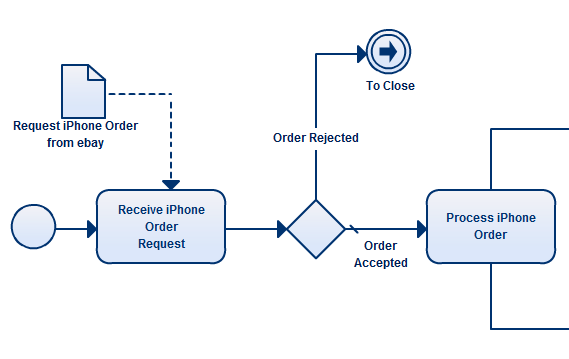
Performing GAP AnalysisĪfter defining the business needs, the current state (e.g. These requirements are provided by the stakeholders regarding the business processes, data, and business rules that describe the desired functionality which will be designed in the Future State.

Functional Requirements are gathered during the “Current state”. It is used to verify if, stakeholders have a shared understanding of the proposed “To-be of the solution.Īnalyzing requirements is a part of business modelling process and it forms the core focus area. This model is used by the Business Analyst and the stakeholders to ensure that they have an accurate understanding of the current “As-Is” model of the enterprise. Purpose of Business Modellingīusiness modelling is used to design current and future state of an enterprise. It also provides the foundation for the final product. It gives structure and dynamics for planning. With the help of modelling techniques, we can create a complete description of existing and proposed organizational structures, processes, and information used by the enterprise.īusiness Model is a structured model, just like a blueprint for the final product to be developed. For example, if we have to understand a company’s business model, then we would like to study the following areas like −
#Business process modelling language plus
As future research, the evaluation of BPMN Plus with real-world case studies and experiments is recommended.A Business Model can be defined as a representation of a business or solution that often include a graphic component along with supporting text and relationships to other components. Interviewees found the BPMN Plus a useful extension to BPMN, which provide many easy to use modelling concepts and constructs. They were asked about the usefulness, correctness, ease of understanding, and applicability of BPMN Plus. The use of BPMN Plus is demonstrated with the help of an example of a knowledge-intensive admission process.īPMN Plus and the unstructured business process modelling requirements are validated using semi-structured qualitative interviews with the three experienced practitioners of business processes management. BPMN Plus provides a set of concepts and constructs that are aimed to model unstructured processes without limiting their run-time flexibility. This analysis led us to define requirements for the modelling of unstructured business processes.īPMN Plus is an extension of BPMN standard that is proposed in this research on the basis of the requirements set for the modelling of unstructured business processes. For example, BPMN does not provide the run-time flexibility for process execution, while the CMMN is unable to depict the structured process.

This has enabled us to identify limitations of BPMN and CMMN. Furthermore, the capabilities of Business Process Model and Notation (BPMN) and Case Management Model and Notation (CMMN) is analysed by modelling an unstructured business process.
#Business process modelling language software
These process support paradigms are analysed with the help of software tools, Bizagi and Cognoscenti, by implementing an unstructured business process and evaluating it using process management aspects such as process modelling, data modelling, user roles, and business rules specifications. business process management and case management, are assessed on the basis of their support to manage unstructured business processes. To achieve the goal of the research, process support paradigms, i.e. Therefore, this research is aimed to investigate the techniques to model and manage unstructured processes without limiting their run-time flexibility. Moreover, unstructured processes are goal-oriented and require flexibility during their execution. However, with the shift from routine to knowledge work, the focus on management of unstructured business processes is increasing.

Management of structured business processes is the topic of research for both academia and industry, where academia focuses on the development of methods and techniques while industry focuses on the development of tools. Structured business processes are sets of ordered activities that are repetitive and predictable while the activities of unstructured business processes are context dependent, which make them hard to predict. On the spectrum of process structuredness, a business process can be broadly categorised as structured and unstructured. The process support paradigm consists of a set of methods and techniques for the management of business processes. This is achieved by an efficient management of business processes using various techniques and methods. In this competitive business era, efficient resource utilization is the priority for a business for their long term survival. BPMN Plus : a modelling language for unstructured business processes.


 0 kommentar(er)
0 kommentar(er)
